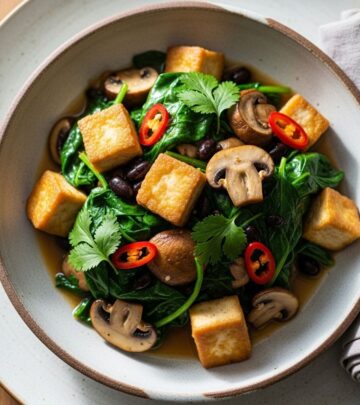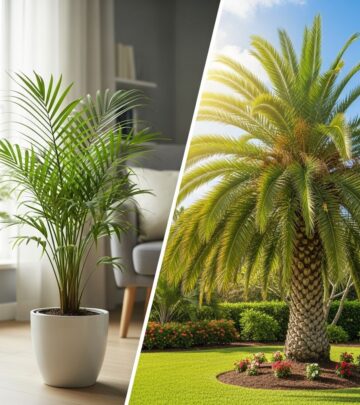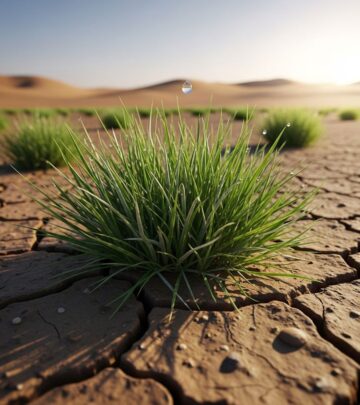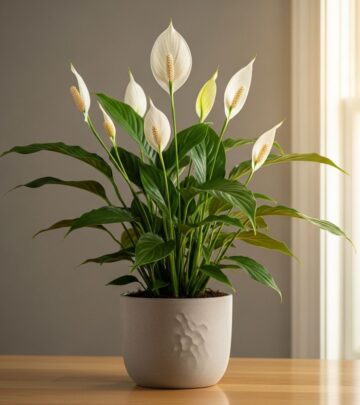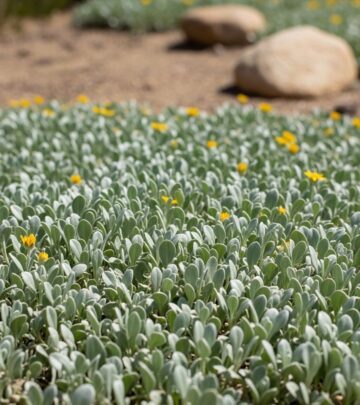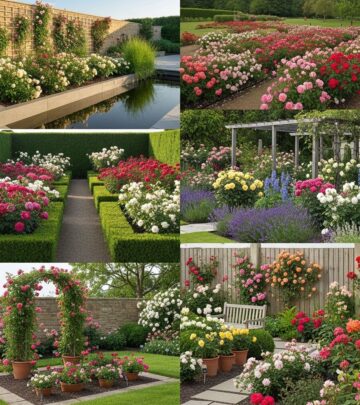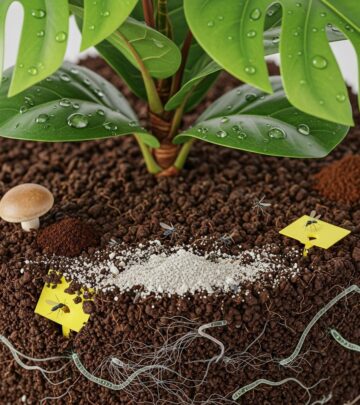Los Angeles Spanish Colonial Garden: Pool, Gravel Courtyard & Fire Pit
A serene outdoor retreat blends Mediterranean charm with eco-friendly design.

Image: HearthJunction Design Team
Category: Garden Design
The Allure of Spanish Colonial Revival in Los Angeles
The Spanish Colonial Revival style, rooted in Southern California’s rich architectural history, has long defined Los Angeles garden aesthetics. Characterized by white stucco walls, terracotta roof tiles, and a blend of indoor-outdoor spaces, this style continues to inspire contemporary landscape design. In this feature, we visit a private backyard that exemplifies these traditions, showcasing how classic Spanish influences can be interwoven with twenty-first-century outdoor living demands.
Design Goals: Heritage Meets Modern Functionality
- Preserve and emphasize Spanish Colonial motifs, from decorative tiling to architectural forms.
- Create seamless connections between the home’s interiors and exterior spaces.
- Foster waterwise landscaping, essential for Southern California’s dry climate.
- Design inviting gathering spaces suitable for entertaining and relaxation, day and night.
Through clever use of hardscape, planting, and outdoor amenities, this garden achieves both environmental sustainability and classic aesthetic appeal.
The Swimming Pool: A Reflective Centerpiece
At the heart of the design is a shimmering rectangular swimming pool, evoking the classic bathing traditions of Mediterranean courts. The pool’s streamlined edges contrast gently with the organic flow of surrounding greenery and gravel, creating a tranquil visual counterpoint to the architecture’s white stucco backdrop.
- Placement: The pool is set close to the house, maximizing views and making it a focal point from several rooms.
- Tilework: Subtle blue and white tiles line the perimeter, offering a nod to Moorish influences within Iberian design.
- Materials: Natural stone pavers form the immediate surround, merging into soft, pale gravel.
- Water Conservation: The pool’s simple form allows for efficient maintenance, and solar heating minimizes energy use.
The overall effect is one of calm reflection, inviting year-round enjoyment and contemplation.
Gravel Courtyard: The Art of Simple Sophistication
A broad expanse of gravel replaces thirsty lawns, providing both environmental benefit and rustic elegance. This courtyard area transitions naturally from the home’s terrace, doubling as both a gathering space and a visual extension of interior rooms.
- Surface: Pale, angular gravel ensures excellent drainage and negates the need for irrigation.
- Furniture: Low-slung wooden chairs and benches, with neutral linen cushions, offer comfortable seating without cluttering views.
- Edging: Raised masonry planters, finished with lime plaster, define tertiarily planted strips and reference the geometry of Spanish parterres.
The gravel courtyard’s simplicity creates a flexible canvas for gatherings, outdoor dining, or quiet reflection.
The Fire Pit: Evenings Alight with Warmth and Community
A sculptural fire pit is sunk into the gravel expanse, serving as a natural anchor for evening entertaining. Surrounded by a low masonry bench and portable chairs, it invites both intimacy and sociability.
- Design: The fire pit’s simple, circular form mirrors the geometry of water features common to Spanish gardens.
- Materials: Plaster and stone, in muted earth hues, harmonize with the palette of house and landscape.
- Lighting: Subtle, integrated lights within the bench and surrounding planters enhance atmosphere after sundown.
- Functionality: Ample surrounding space allows for versatile summer gatherings or cozy winter evenings.
This focal point encourages year-round outdoor living—a defining joy of Mediterranean-inspired gardens.
Mediterranean Plant Palette: Drought-Tolerant and Lush
The plant selection emphasizes both sustainability and sensuality: layered forms, fragrance, and all-season interest. Inspired by classic Spanish and Mediterranean landscapes, the palette is chosen for resilience in drought-prone Los Angeles.
- Olive trees: Multi-trunked, gracefully twisting, providing filtered shade and historical resonance.
- Lavender and rosemary: Mounded forms add fragrant borders and attract pollinators.
- Mexican feather grass: Soft tufts add movement and a romantic, meadow-like atmosphere.
- Succulents and agaves: Sculptural shapes break up the softness and reduce maintenance.
- Climbing vines: Jasmine and bougainvillea scramble over pergolas and trellises, bringing vertical color and scent.
This combination creates a garden that remains vibrant and inviting, no matter the season or rainfall.
Connecting Indoor and Outdoor Living
One hallmark of the Spanish Colonial Revival approach is the seamless flow between house and garden. Here, wide French doors open directly from living and dining rooms onto the gravel terrace, while broad steps descend to the pool level. Outdoor rooms, defined by architectural planters and low walls, maximize usable space for lounging and al fresco meals.
- Transitional zones: Terraces are layered at different heights for interest and practical use.
- Shade solutions: A sail shade or classic wooden pergola offers respite from afternoon sun, doubling as a framework for flowering vines.
- Outdoor dining: Weatherproof tables and wrought iron chairs host gatherings beneath olive branches and strings of warm bulbs.
The result is a home that lives as graciously outdoors as within—an essential quality for the Southern California lifestyle.
Hardscape Elements: Authentic Materials and Detailing
Authenticity is maintained through careful material selection:
- Terracotta: Used for roof tiles and accent trims on raised beds and planter walls.
- Lime-washed plaster: Smooth, light-reflective surfaces continue the house’s exterior finish into the garden structure.
- Wrought iron: Delicate railings, lanterns, and table bases give an artisanal touch.
- Stone paving: Hand-laid flagstone or cut travertine creates gentle pathways and seating areas.
All these elements combine to root the garden firmly in its historical context, while accommodating contemporary demands of ease and comfort.
Waterwise Strategies: Sustainability in Style
With Los Angeles subject to ongoing droughts, this Spanish Colonial garden is designed to be eco-conscious:
- No traditional grass lawns; gravel, groundcovers, and artificial turf reduce water needs dramatically.
- Drought-adapted plantings ensure resilience and lower maintenance.
- Drip irrigation systems deliver precise watering where needed, minimizing waste.
- Mulching with organic materials conserves soil moisture and suppresses weeds.
The result is a lush landscape with a conscience, beautiful and sustainable year-round.
Outdoor Living at Its Finest: Entertain, Relax, Enjoy
| Feature | Functionality | Aesthetic Impact |
|---|---|---|
| Swimming Pool | Recreation, reflection, exercise | Central visual anchor, Moorish flair |
| Gravel Courtyard | Gatherings, flexible use, drainage | Minimalist, rustic contrast to formal house |
| Fire Pit Area | Evening warmth, social hub | Invites nighttime use, focal lighting |
| Dining Terrace | Al fresco meals, day-to-night use | Framed by plantings, linked to interiors |
This garden invites daily living–from collaborative barbecues beneath the stars to quiet morning swims or reading in the filtered afternoon light.
Frequently Asked Questions
Q: What are the essential features of a Spanish Colonial Revival garden?
A: Key features include stucco walls, terracotta tiles, water elements such as pools or fountains, shaded courtyards, drought-tolerant Mediterranean planting, and artisanal ironwork.
Q: How do you keep a Spanish-style garden sustainable in Southern California?
A: Focus on waterwise strategies: substitute lawns with gravel, use drought-adapted plants like olives and succulents, install drip irrigation, and mulch to conserve soil moisture.
Q: Can fire pits be safely installed in a Los Angeles backyard?
A: Yes, with careful planning—ensure adequate ventilation, choose non-combustible materials, and check local fire codes and permitting before installation.
Q: What furnishings complement a Spanish Colonial-inspired courtyard?
A: Simple, weatherproof wood or wrought iron pieces with neutral-toned cushions, complemented by pottery and lanterns for atmosphere.
Key Takeaways and Inspiration
- Blend heritage with function—honor traditional Spanish design while ensuring comfort and ecological stewardship.
- Let water elements and gravel take center stage—they replace turf while adding drama and flexibility.
- Use plantings strategically for texture, scent, and seasonal change—all while keeping maintenance and water use low.
- Prioritize outdoor living spaces designed for every hour and every season, from sun-drenched days to firelit nights.
This Los Angeles Spanish Colonial Revival garden demonstrates how thoughtful design can create a luxurious, timeless retreat perfect for the climate—and the soul—of Southern California.
References
- https://www.greenculturestudio.com/portfolio/spanish-garden-los-angeles/
- https://www.lasdstudio.com/lasd-projects/mission-hills-landscape-design-sanctuary-garden
- https://www.houzz.com/photos/spanish-colonial-revival-makeover-new-pergola-mediterranean-patio-los-angeles-phvw-vp~4960290
- https://structurehome.com/spanish-inspired-landscape-design/
- https://www.pinterest.com/pin/1055599904106246/
Read full bio of medha deb


